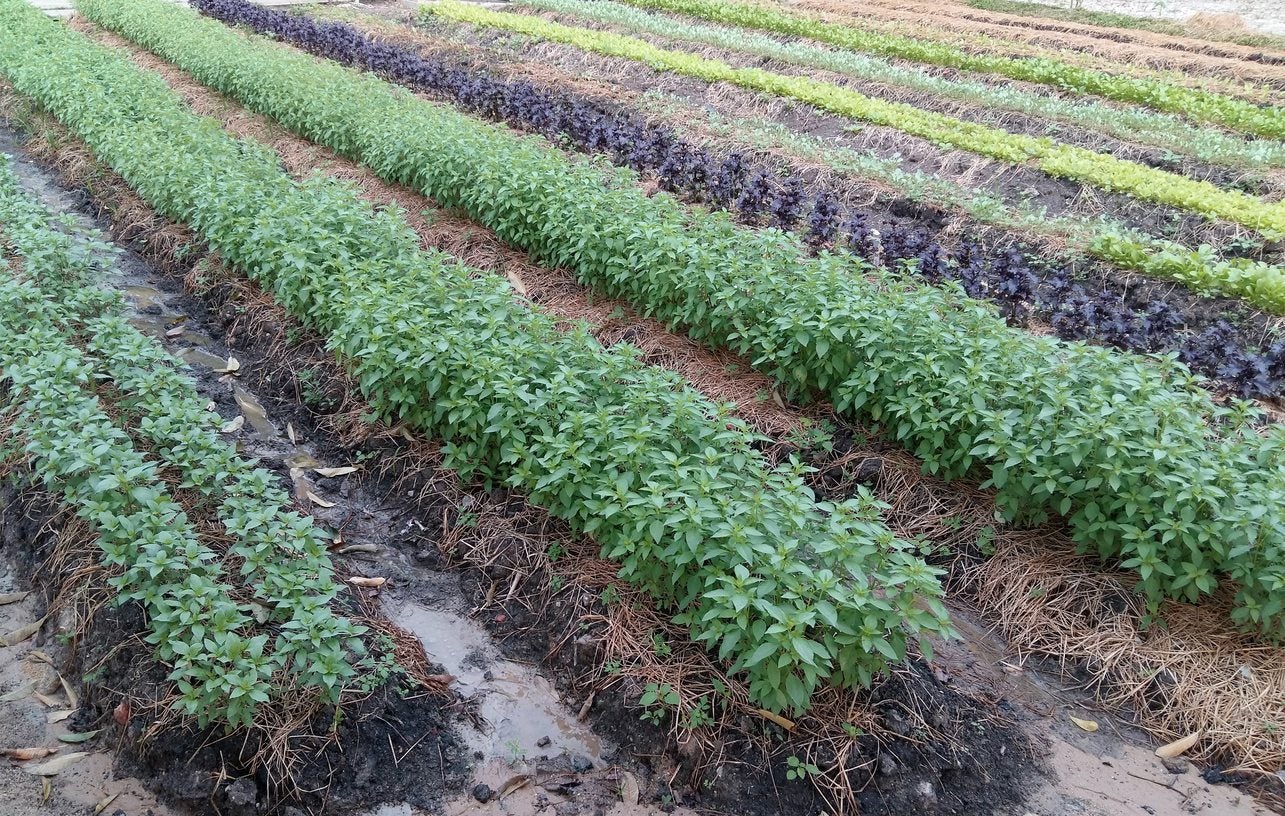What Is Deep Mulch Gardening – How To Use Deep Mulch In Your Garden


What if I told you that you could have a bountiful vegetable garden without the hassle of tilling, weeding, fertilizing, or daily watering? You may think this sounds pretty farfetched, but many gardeners are turning to a method known as deep mulch gardening to enjoy the harvest of the garden without all the headache (and backaches, knee pain, blisters, etc.).
What is deep mulch gardening? Read on to learn how to garden with deep mulch.
What is Deep Mulch Gardening?
Gardener and author Ruth Stout first laid out the concept of deep mulch gardening in her 1950's book “Gardening without the Work: for the Aging, the Busy, and the Indolent.” In short, Ruth’s method used layers of mulch to choke out weeds, retain soil moisture, and add organic matter and nutrients to the garden bed.
She described a method of growing garden plants right in deep layers of straw, hay, wood chips, compost, manure, leaves, or other organic materials rather than growing plants in the conventional finely tilled soil garden beds. These organic materials are layered on top of each other to create beds 8 to 24 inches (20-61 cm) deep.
One of the benefits of deep mulch gardening is that there is no tilling involved. Whether you have clay, sandy, rocky, chalky, or compacted soil, you can still create a deep mulch bed. Just pile the deep mulch where you want the garden, and the soil beneath will eventually benefit from it.
These deep mulch garden beds can be planted immediately, but experts recommend prepping the bed and then planting it the following year. This allows time for the materials you use to start breaking down, and microorganisms and worms to move in.
How to Use Deep Mulch in Your Garden
To create a deep mulch bed, first select the site; remember, you don’t have to worry about the soil conditions in the area. Mark out the site for your deep mulch garden, cut any weeds back, and water the site thoroughly.
Gardening tips, videos, info and more delivered right to your inbox!
Sign up for the Gardening Know How newsletter today and receive a free copy of our e-book "How to Grow Delicious Tomatoes".
Next, lay down a layer of cardboard or a few layers of newspaper. Water this down as well. Then simply pile on the organic materials of your choosing, watering it down as you go. Ruth Stout’s preferred mulch was straw and wood chips, but every deep mulch gardener needs to discover his or her own preference.
Deep mulch gardening, of course, is not completely hassle-free. It does require work to heap on all the mulch. If the beds are not deep enough, weeds may still pop up. This can easily be remedied by heaping on more mulch. It’s also important to not use straw, hay, or yard clippings that have been sprayed with any type of herbicide, as this can damage or kill your plants.
Snails and slugs may also be attracted to the moist heap of decomposing organic matter. It may also be hard to acquire enough organic material for large garden plots. Start out with a small deep mulch bed, then upsize if you like it.